Global Wind Patterns Worksheet
Global wind patterns play a crucial role in shaping Earth's climate and weather patterns. Understanding these patterns is essential for meteorologists, geographers, and anyone interested in studying the Earth's atmosphere and its impact on our daily lives. In this blog post, we will explore how worksheets can help students and enthusiasts, of all levels, delve into the fascinating world of global wind patterns.
Table of Images 👆
More Other Worksheets
Kindergarten Worksheet My RoomSpanish Verb Worksheets
Cooking Vocabulary Worksheet
DNA Code Worksheet
Meiosis Worksheet Answer Key
Art Handouts and Worksheets
7 Elements of Art Worksheets
All Amendment Worksheet
Symmetry Art Worksheets
Daily Meal Planning Worksheet
Describe the Coriolis effect and its role in global wind patterns.
The Coriolis effect is a phenomena caused by the rotation of the Earth, which deflects moving objects to the right in the Northern Hemisphere and to the left in the Southern Hemisphere. In the context of global wind patterns, the Coriolis effect plays a crucial role in shaping the direction of winds around the world. It influences the general circulation of the atmosphere, causing wind patterns to deflect and curve as they move across the Earth's surface. This effect ultimately determines the prevailing wind directions in different regions and helps create major wind systems such as the trade winds, westerlies, and polar easterlies.
How do temperature differences between the equator and poles affect global wind patterns?
Temperature differences between the equator and poles create variations in air pressure, leading to the formation of global wind patterns. Warm air at the equator rises and moves towards the poles, while cold air at the poles sinks and flows back towards the equator. This creates the Hadley, Ferrel, and Polar cells, which influence the direction and strength of prevailing winds at different latitudes. The Coriolis effect also plays a role in deflecting wind direction, resulting in the creation of easterly and westerly winds at various latitudes. Overall, temperature differences between the equator and poles drive the circulation of the Earth's atmosphere, shaping global wind patterns.
Explain the concept of the Hadley cell and its influence on global wind patterns.
The Hadley cell is a large-scale atmospheric circulation pattern that exists between the equator and about 30 degrees latitude in both hemispheres. It is driven by the temperature difference between the equator and the poles, resulting in warm air rising at the equator, moving poleward at high altitudes, descending around 30 degrees latitude, and returning towards the equator at the surface. This circulation creates the trade winds near the equator and the westerlies at mid-latitudes, influencing global wind patterns and climate. The Hadley cell plays a crucial role in shaping weather patterns, precipitation distribution, and the location of biomes around the world.
Describe the characteristics and direction of the trade winds.
The trade winds are consistent, prevailing winds that blow from the subtropical high-pressure belts towards the equatorial low-pressure region. They are generally steady, easterly winds that flow in a northeast direction in the Northern Hemisphere and a southeast direction in the Southern Hemisphere. These winds are an important factor in shaping global climate patterns and are known for their reliability for sailors and navigators throughout history.
What are the prevailing westerlies and how do they impact weather patterns?
The prevailing westerlies are west-to-east winds found in the middle latitudes of both hemispheres, blowing between 30 and 60 degrees latitude. These winds play a crucial role in shaping weather patterns by carrying weather systems and moisture across continents and oceans. In the Northern Hemisphere, the westerlies generally bring mild, moist air from the Pacific Ocean to the western coasts of North America and Europe, leading to relatively temperate climates in these regions. Meanwhile, in the Southern Hemisphere, they impact weather in regions like New Zealand and parts of South America. The westerlies also help drive the movement of storms and weather fronts, influencing precipitation patterns and temperatures in many parts of the world.
Discuss the role of the polar easterlies in global wind circulation.
The polar easterlies are cold prevailing winds that blow from the polar high-pressure areas towards lower latitudes in a consistent eastward direction. These winds play a crucial role in global wind circulation by helping to regulate temperature and air pressure patterns around the poles. The polar easterlies contribute to the formation of the Ferrel cell in the mid-latitudes by interacting with the prevailing westerlies and Hadley cell in the tropics, creating a complex system of atmospheric circulation that influences weather patterns and climate around the world.
Explain the phenomenon of monsoons and their connection to global wind patterns.
Monsoons are seasonal winds characterized by a change in direction, bringing heavy rainfall during a particular time of the year. These winds are driven by global wind patterns, specifically the shift in pressure systems between continents and oceans. During summer, land heats up faster than oceans, creating low pressure over the landmasses. This draws in moisture-laden winds from the oceans, leading to heavy rainfall and the onset of the monsoon season. Conversely, in winter, the land cools down rapidly, causing high pressure over land and low pressure over oceans, resulting in dry conditions. This interaction between land and sea temperatures, pressure systems, and wind patterns contributes to the occurrence of monsoons.
Describe the jet streams and their influence on global weather patterns.
Jet streams are high-altitude, fast-flowing air currents that blow from west to east in the Earth's atmosphere. These narrow bands of strong winds are influenced by the temperature gradient between cold air to the north and warm air to the south. Jet streams have a significant impact on global weather patterns by steering weather systems, such as storms and fronts, across the planet. They can help to amplify or weaken weather events, affect the strength and track of hurricanes, and influence the timing and intensity of precipitation. In addition, jet streams play a crucial role in regulating temperature and shaping climatic conditions around the world.
How do local topography and land-sea breezes impact regional wind patterns?
Local topography and land-sea breezes can significantly impact regional wind patterns. The interaction between mountains, valleys, coastlines, and bodies of water can influence the direction, speed, and intensity of wind flow in an area. For example, mountain ranges can cause air to be deflected and create valley winds, while coastlines can lead to the formation of sea breezes during the day and land breezes at night. These effects can result in complex and variable wind patterns that play a crucial role in shaping the climate and weather of a region.
Discuss the impact of El Niņo and La Niņa on global wind patterns and weather conditions.
El Niņo and La Niņa are irregular climate patterns that result from variations in ocean temperatures in the eastern Pacific Ocean. El Niņo is characterized by warmer ocean temperatures and disrupts global wind patterns, leading to drier conditions in some regions and increased rainfall in others. On the other hand, La Niņa is associated with cooler ocean temperatures and tends to strengthen global wind patterns, leading to increased rainfall in some areas and drought in others. These phenomena have significant impacts on weather conditions worldwide, influencing temperature, precipitation patterns, and extreme weather events such as floods, droughts, and hurricanes.
Have something to share?
Who is Worksheeto?
At Worksheeto, we are committed to delivering an extensive and varied portfolio of superior quality worksheets, designed to address the educational demands of students, educators, and parents.

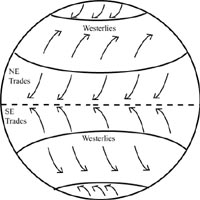



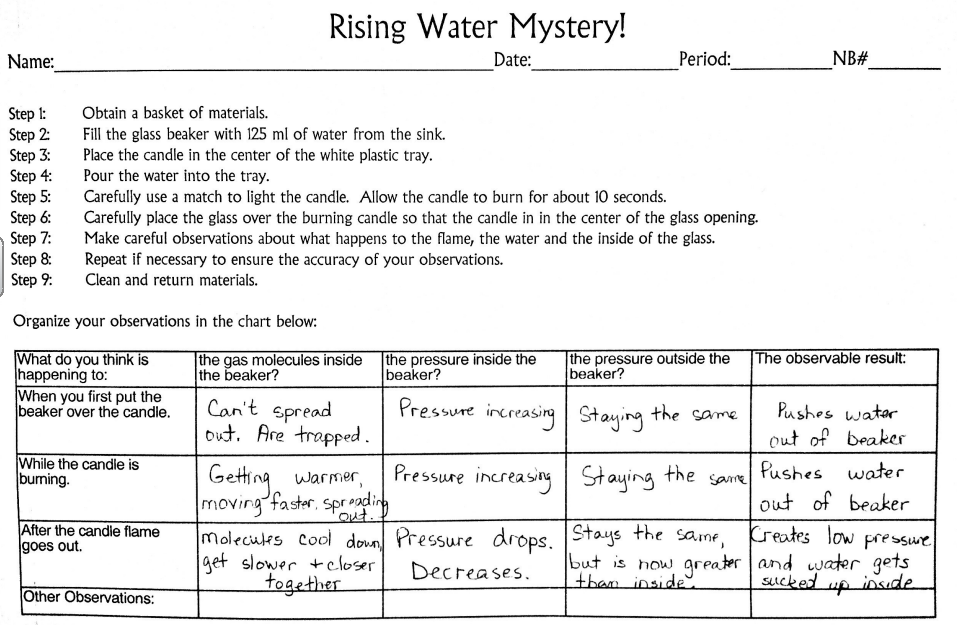
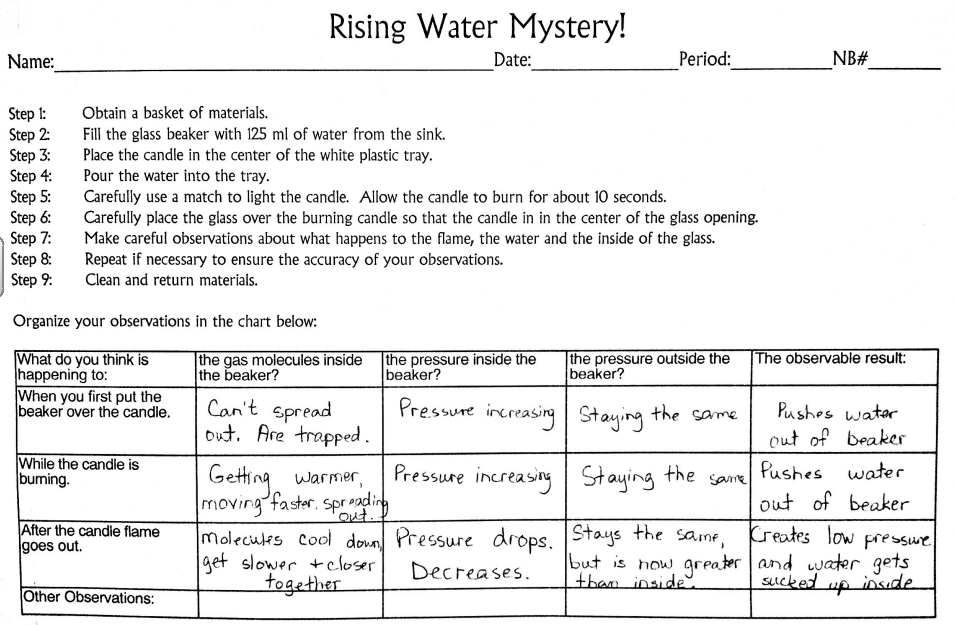
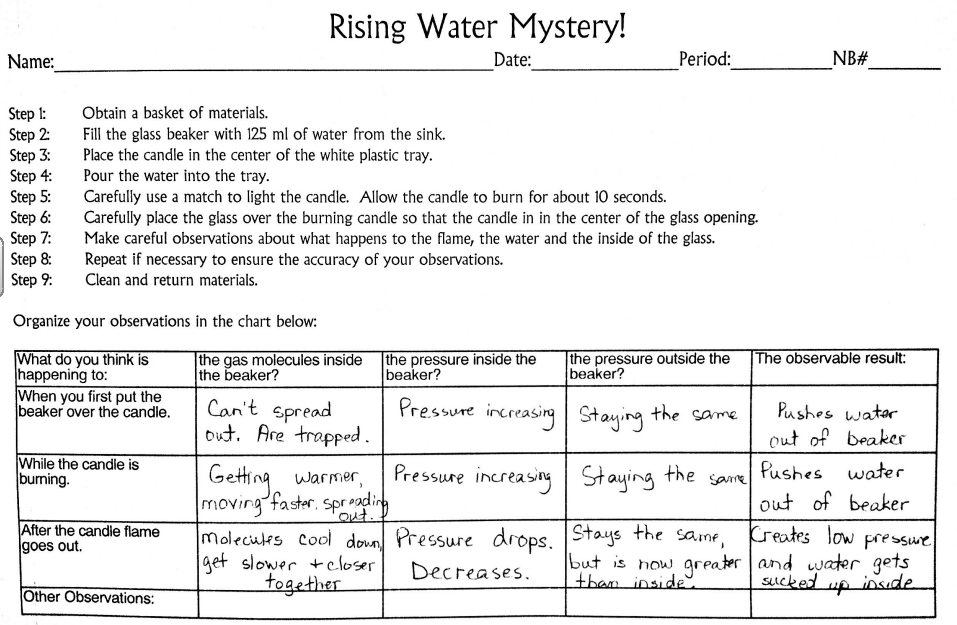
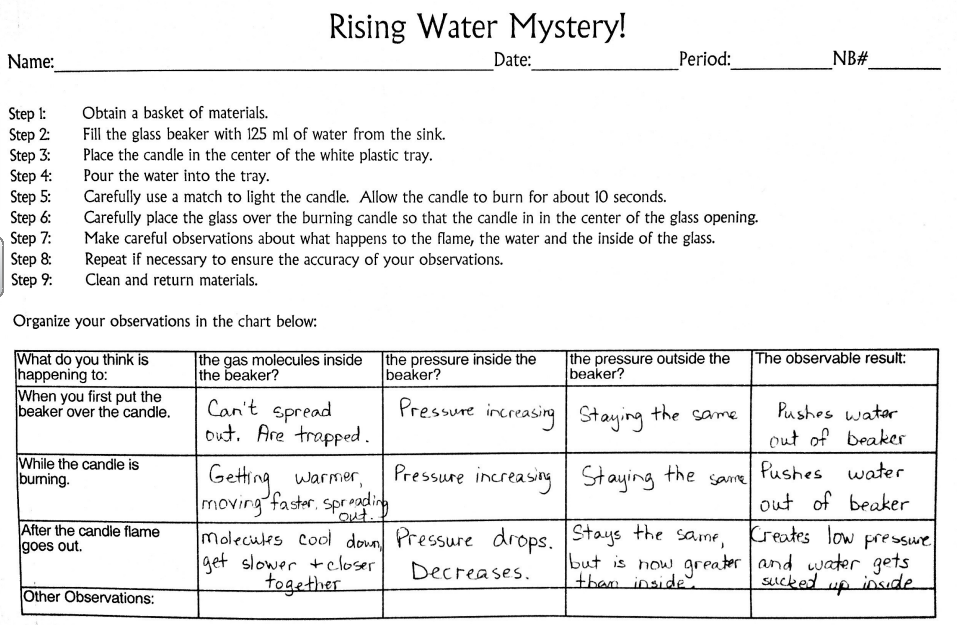
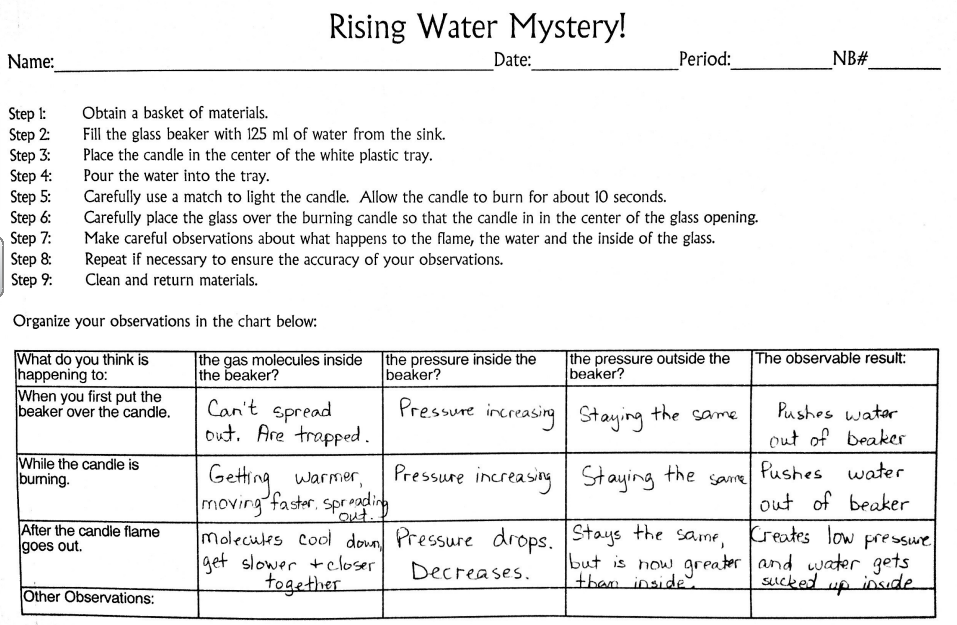
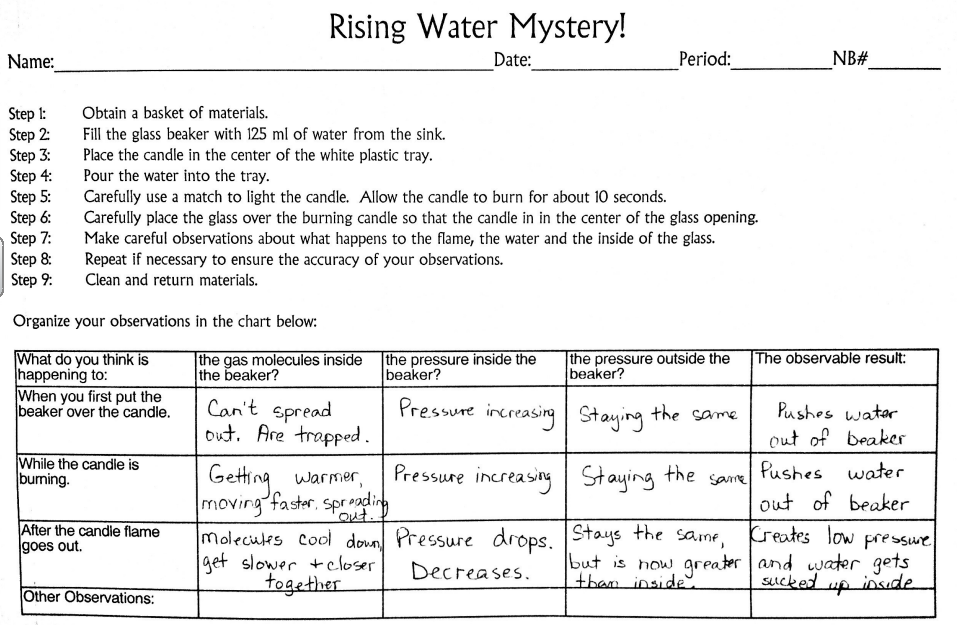
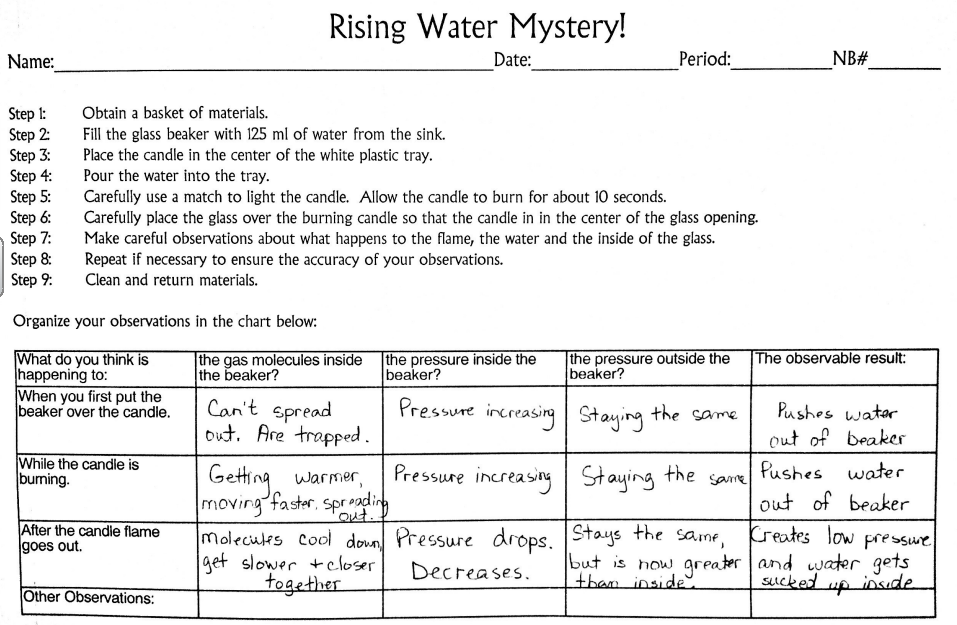
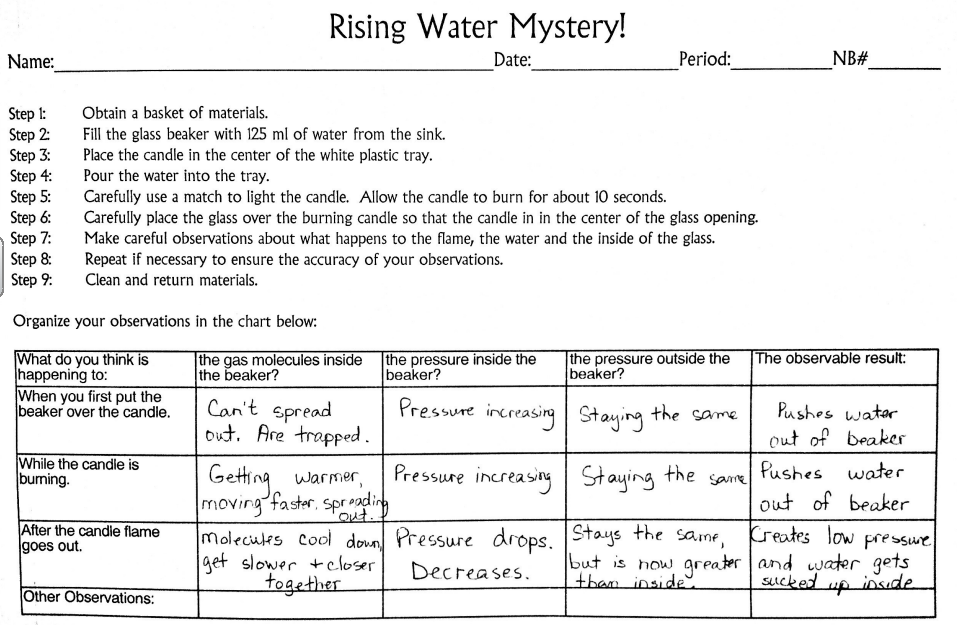
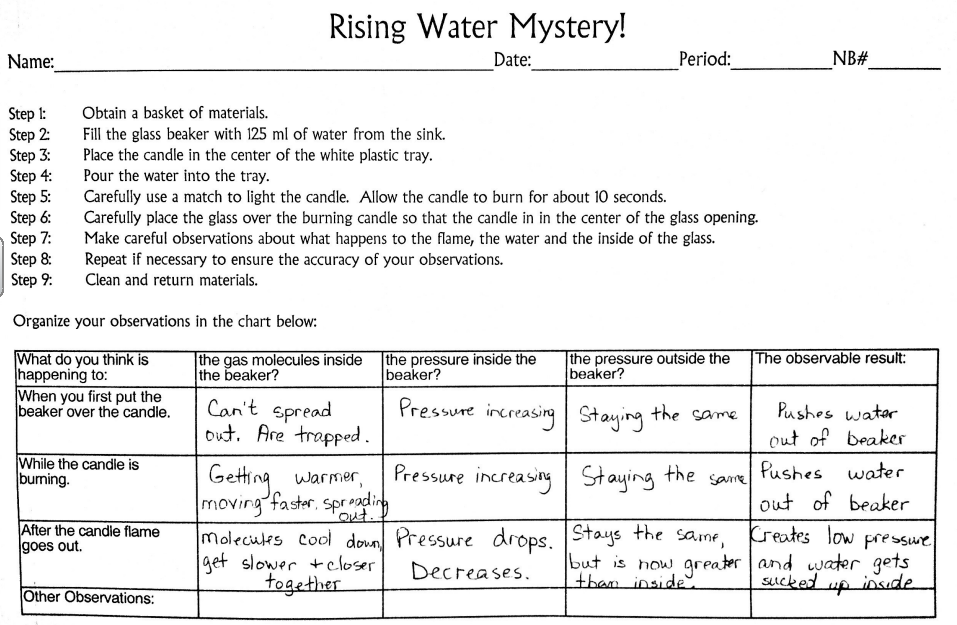
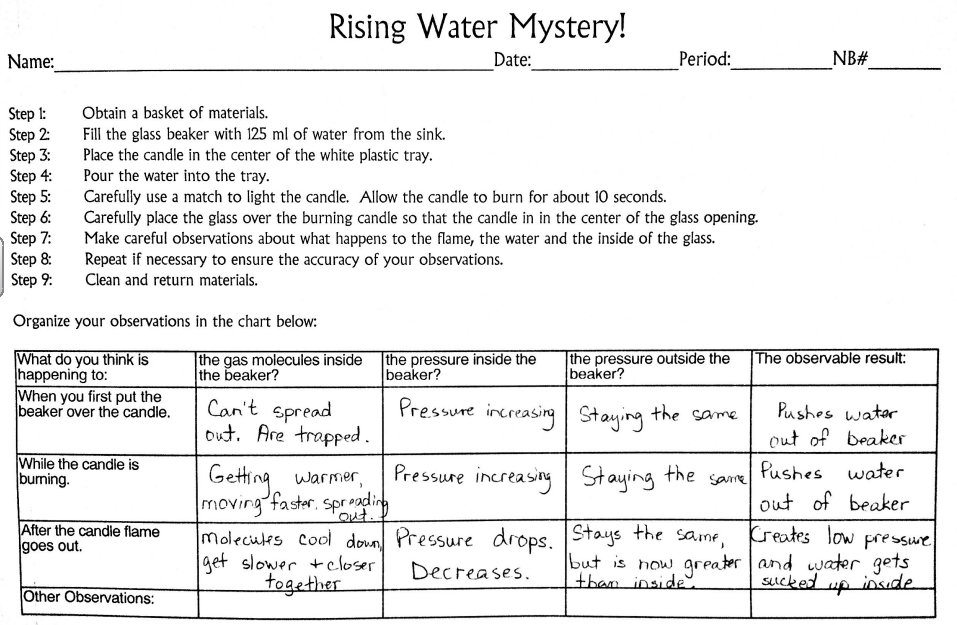
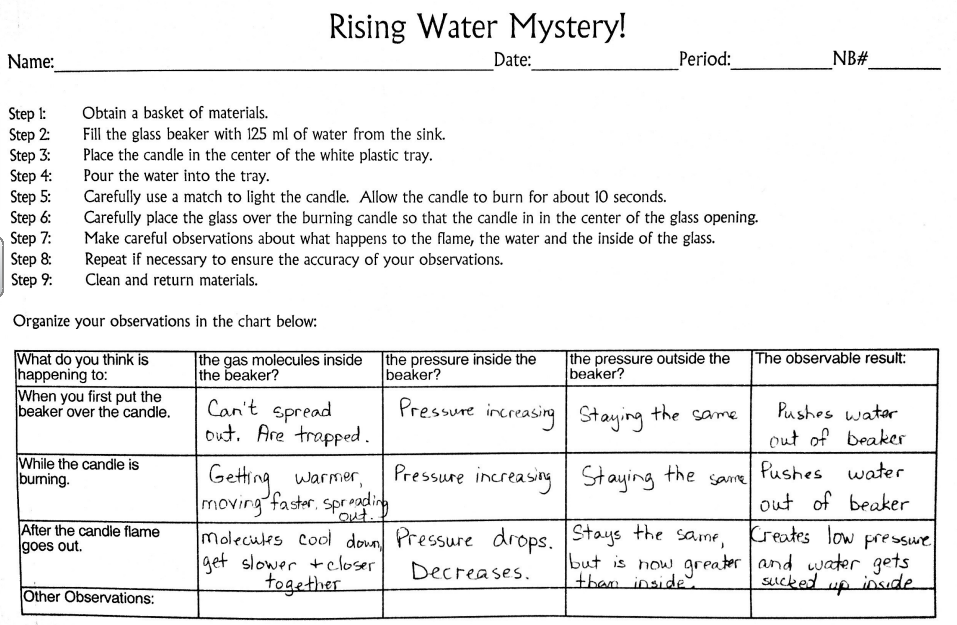
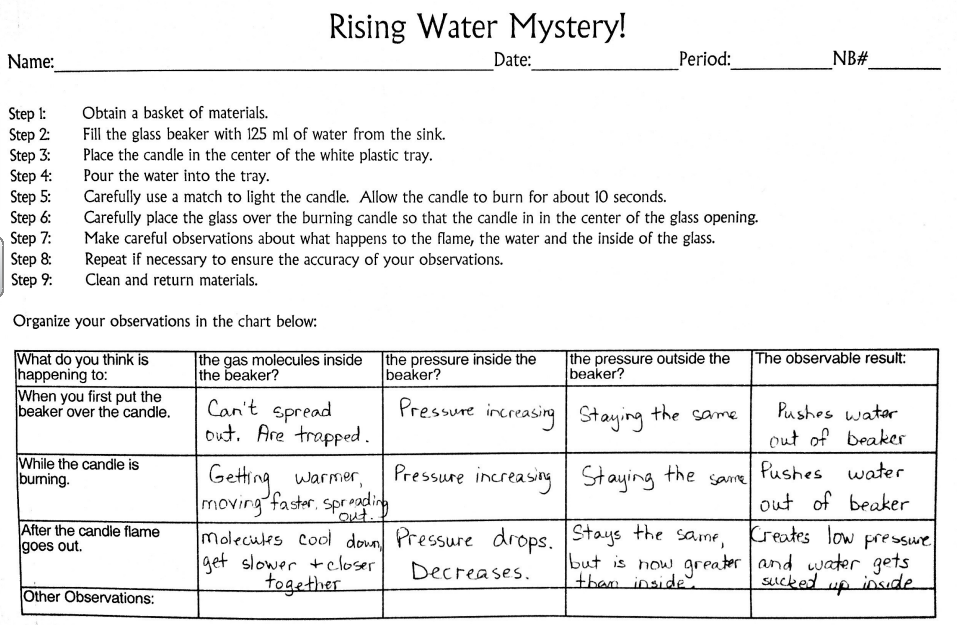
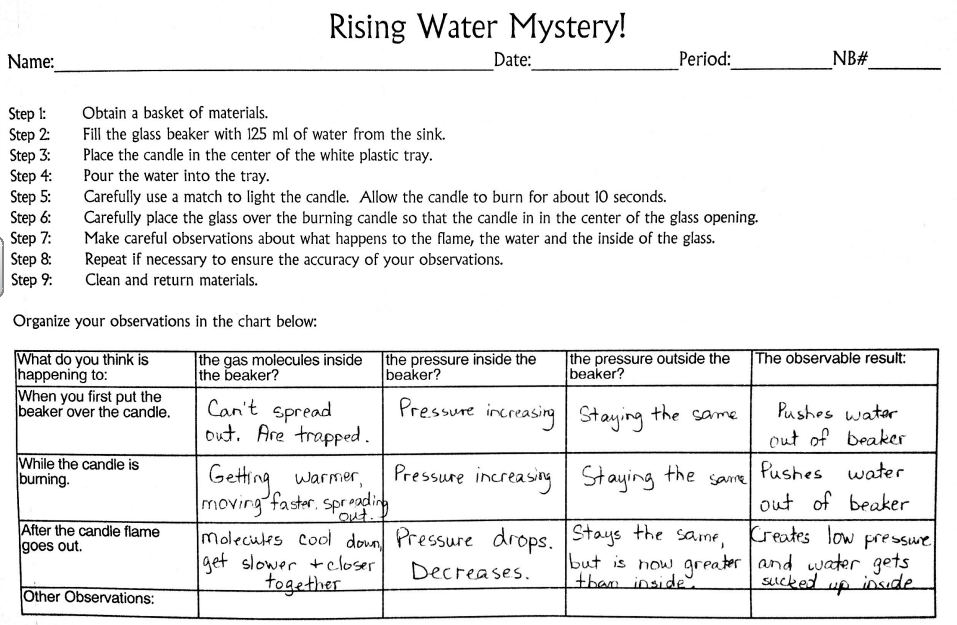
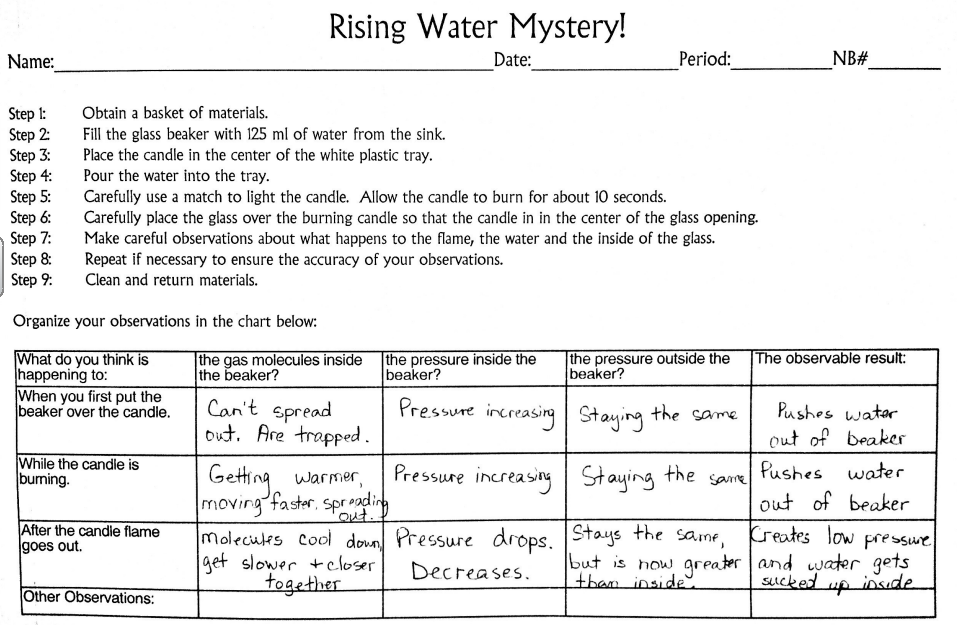
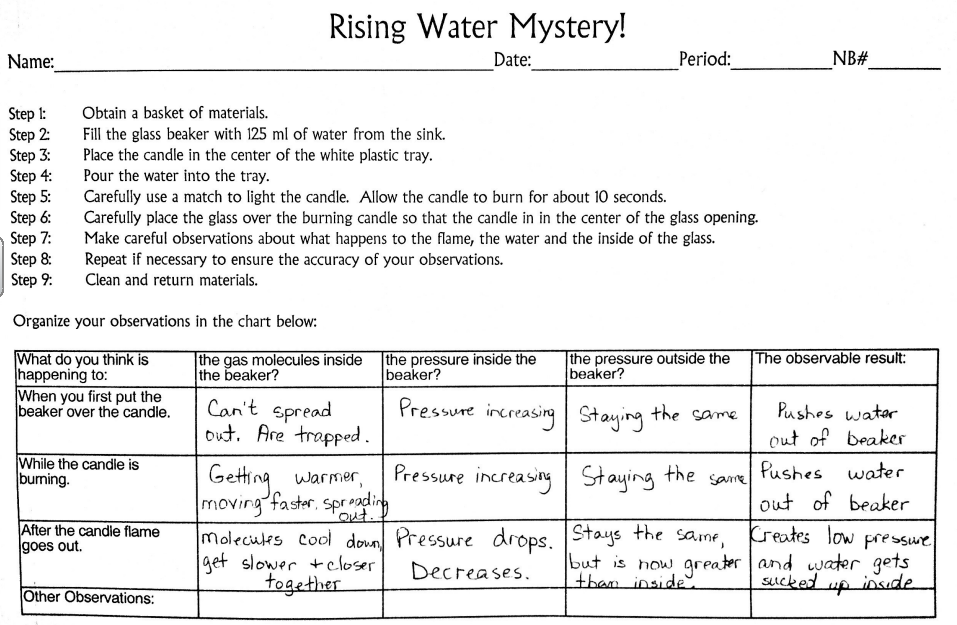
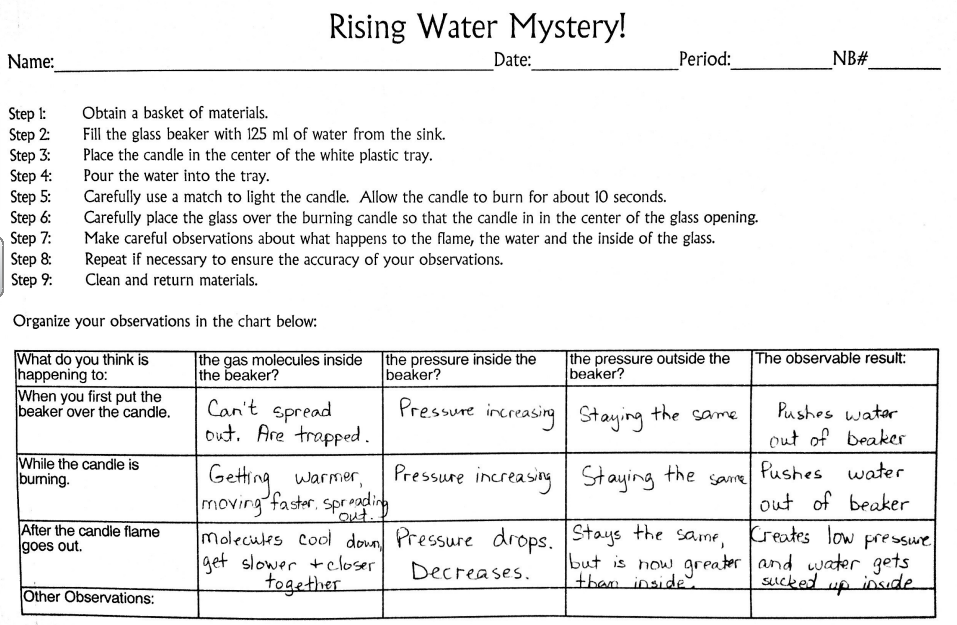
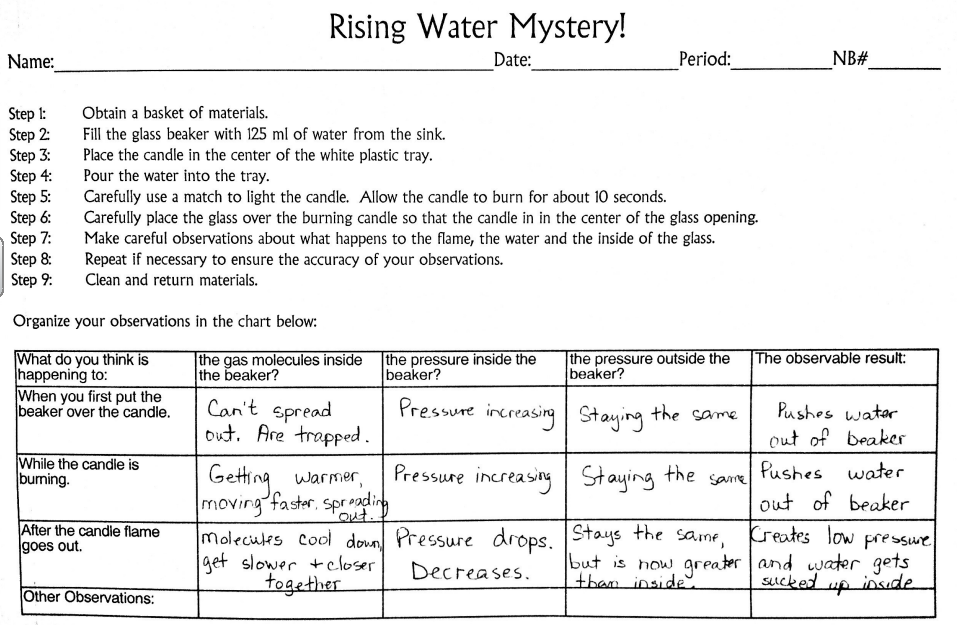
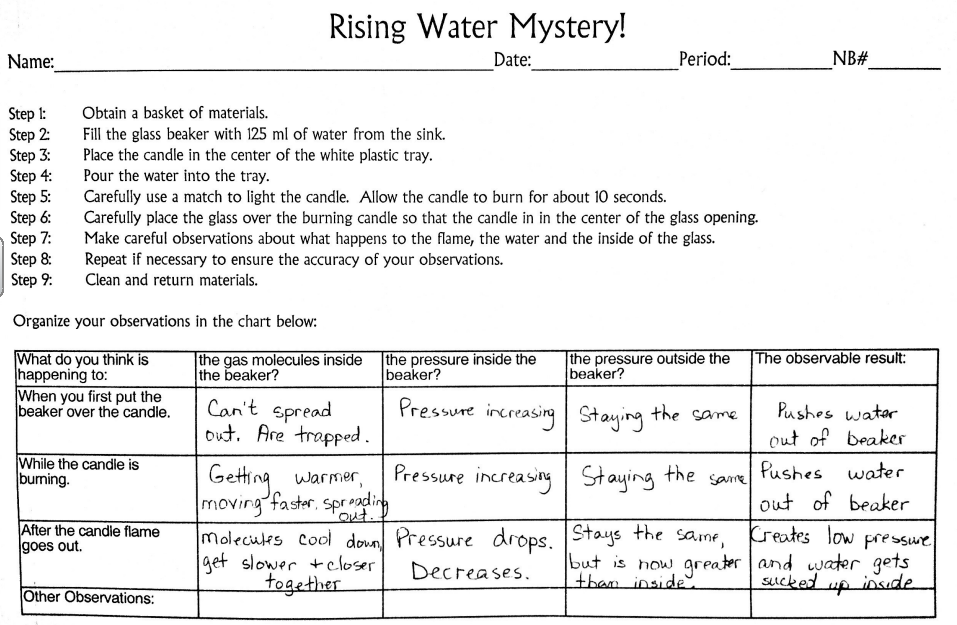
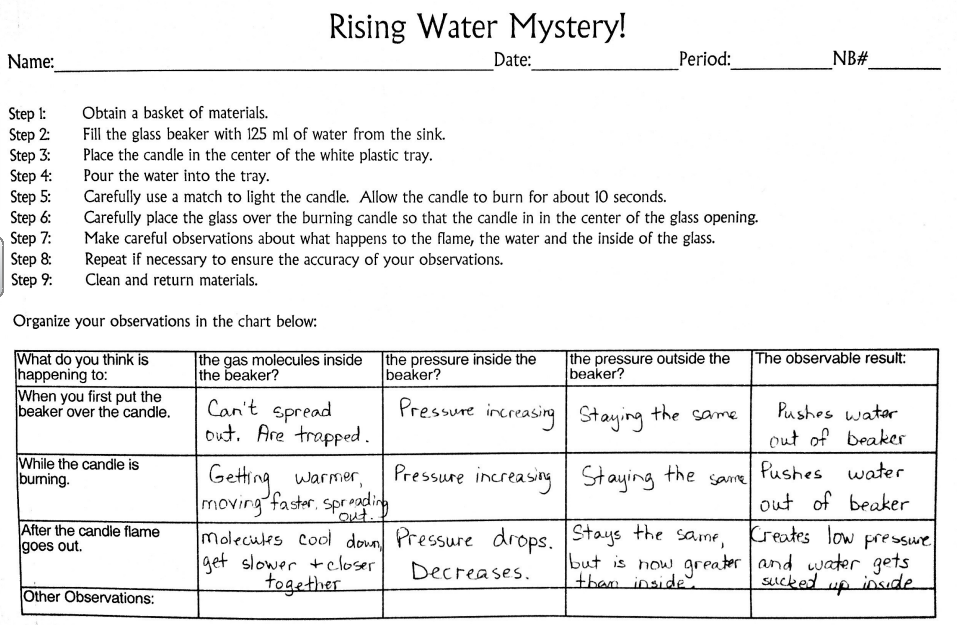














Comments